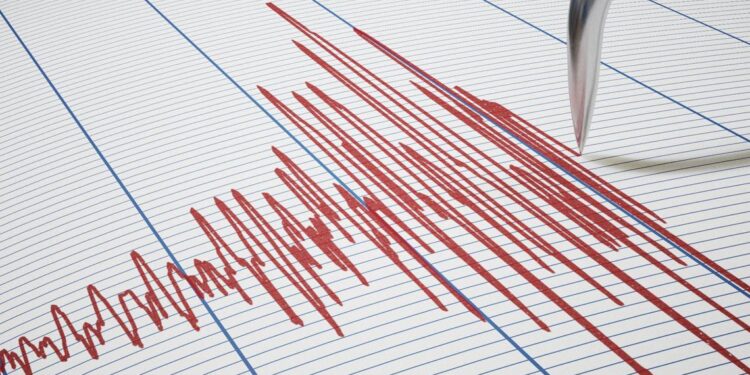A magnitude 3.7 earthquake struck the Olympic Peninsula north of Forks on Monday evening at 7:17 p.m., according to the Pacific Northwest Seismic Network.
The quake’s epicenter was located 33.85 miles north-northeast of Forks, Washington, and 75.83 miles west-southwest of Vancouver, British Columbia. The earthquake occurred in a sparsely populated area of the Olympic Peninsula where seismic activity regularly monitors the complex fault systems that run through the region.
Earthquakes of this magnitude typically produce light shaking that may be felt by people in the immediate area but rarely cause damage to structures or infrastructure. The Pacific Northwest Seismic Network uses a network of monitoring stations throughout Washington and Oregon to detect and measure seismic activity across the region.
The Olympic Peninsula experiences periodic seismic activity due to its location near the intersection of several tectonic plates and fault systems. The area sits within the broader Cascadia Subduction Zone, where the oceanic Juan de Fuca Plate slides beneath the North American Plate, creating ongoing geological stress that occasionally releases through earthquakes.
Forks, known primarily as a logging community and tourist destination, sits in a region where small to moderate earthquakes occur with some regularity as part of the Pacific Northwest’s active seismic environment. The town’s remote location means that earthquakes in the surrounding area often go unnoticed except by sensitive monitoring equipment.
The Pacific Northwest Seismic Network continues monitoring seismic activity throughout the region and provides real-time earthquake information to emergency management agencies and the public. Residents who felt the earthquake can report their experiences through the network’s online system, which helps scientists better understand how seismic waves travel through different geological formations.
While Monday’s earthquake was relatively minor, it serves as a reminder of the ongoing seismic activity that characterizes the Pacific Northwest and the importance of earthquake preparedness for residents throughout Washington state.







